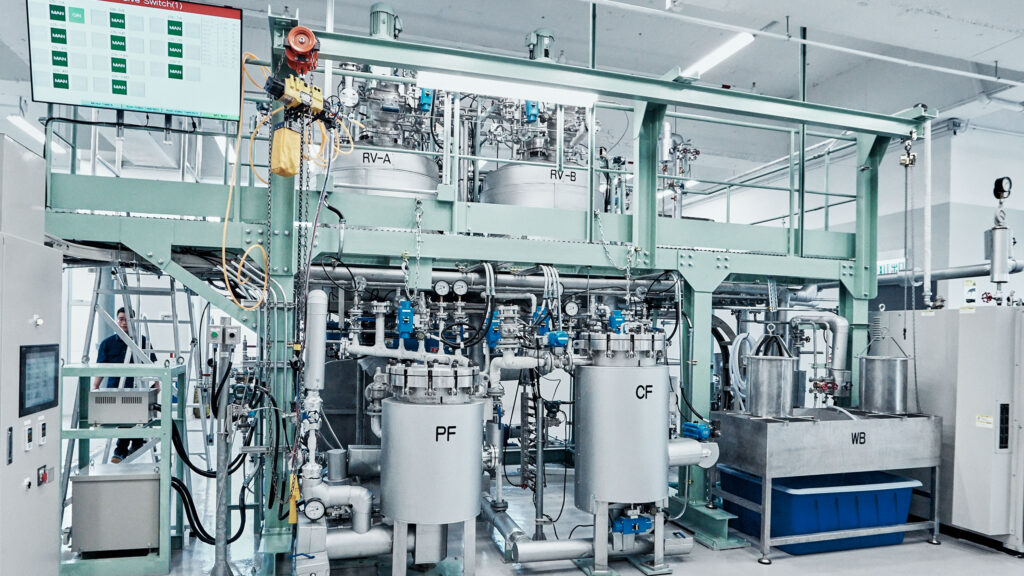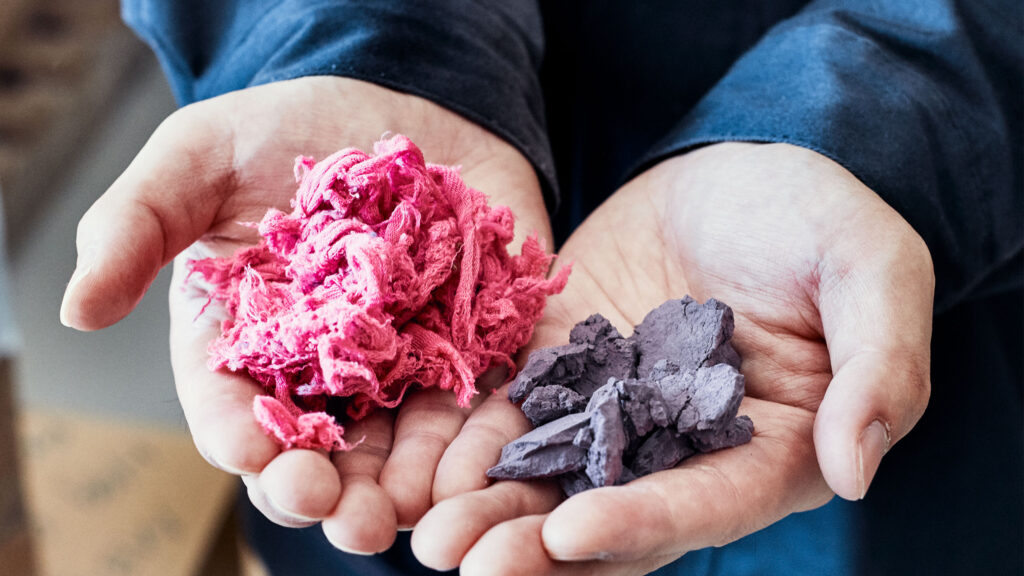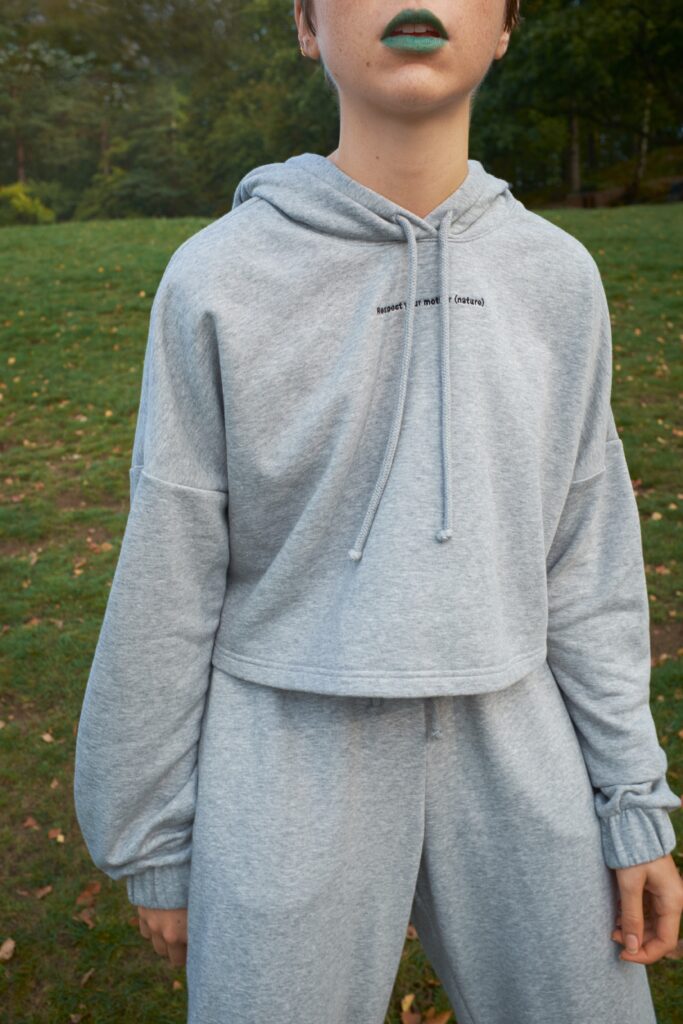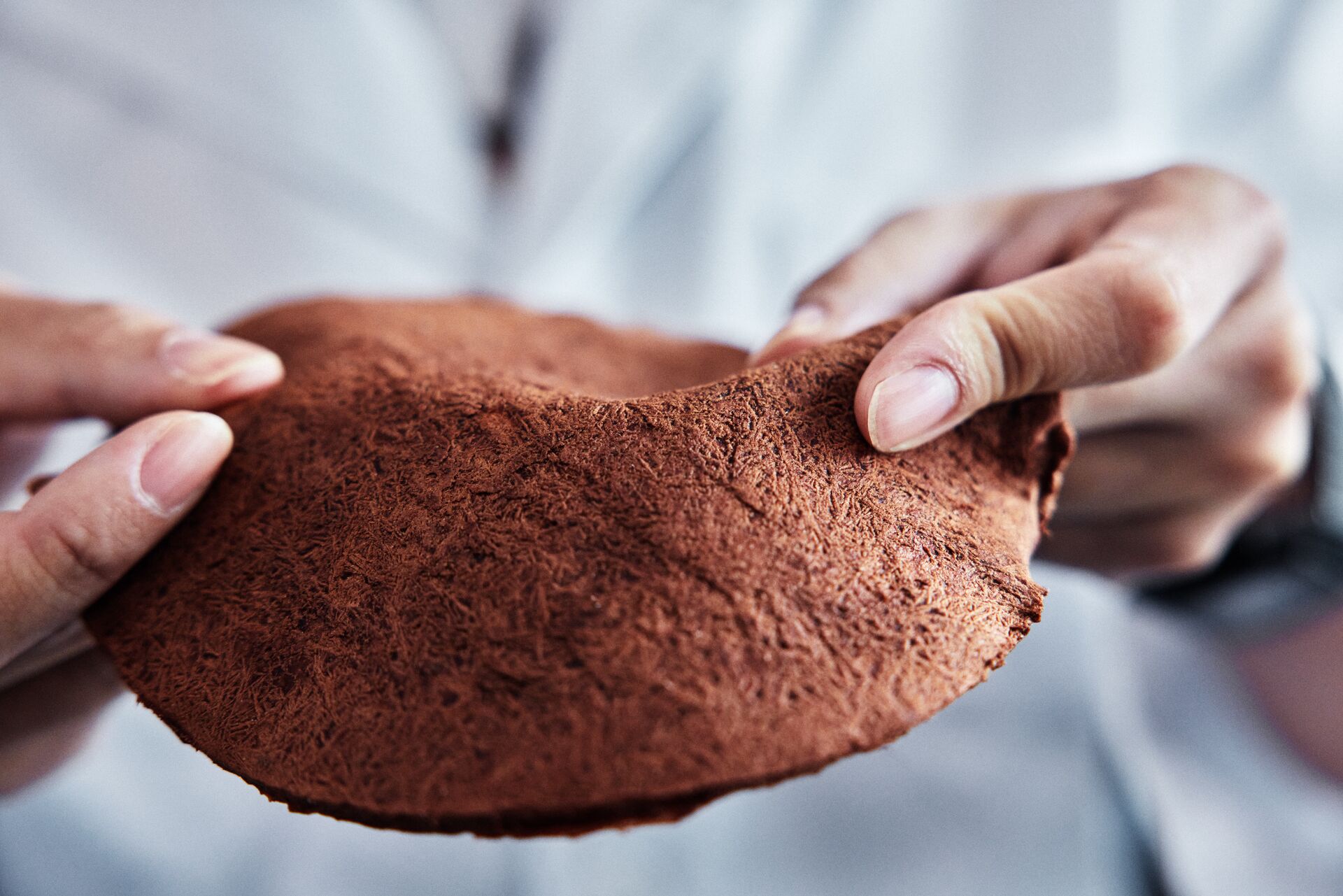Green Machine – separating blend textiles at scale
The Green Machine, developed by HKRITA with support from H&M Foundation, is the world’s first technology that can separate blended textiles at scale, without any quality loss. The best part? It’s made available at cost-price basis to drive maximum change in the industry.
The Green Machines are multiplying. The first commercial order was made by Kahatex, the largest textile manufacturer in Indonesia, in 2020. In 2021, the world’s biggest denim producer ISKO ordered one for their factory in Türkiye and the same year a consortium of key actors in the textile sector including GIZ, VF Corp and Dakota joined forces to launch a feasibility study to deploy The Green Machine in Cambodia by 2022.
Even though most of the clothes we wear are made of blend materials, finding a recycling method to separate and recycle the fibres has long been the holy grail. In 2016 the H&M Foundation launched the Recycling Revolution program with The Hong Kong Research Institute of Textiles and Apparel Limited (HKRITA) with the aim to find one commercially viable method that could do just that within our program period of four years.
“Nobody takes innovation seriously until you scale.”
Edwin Keh, CEO of HKRITA
Only one year into the program we reached a huge milestone when Kanji Kanjiwara, professor at the Faculty of Textile Science and Technology at Shinshu University and his team discovered a hydrothermal method that had the potential to change the game completely. We call it the Green Machine.
The Green Machine in a nutshell
- Uses only heat, water, pressure and a biodegradable green chemical.
- Is time efficient and cost effective.
- Is modular which means it can be right-sized for any factory or set up.
- Generates no secondary pollution since it’s a closed loop where the water, heat and chemicals are used again and again.
- Output: polyester fibers and cellulose powder.
The separated polyester fibers can be recycled and used to create new materials.
The cotton is extracted as cellulose powder, which can be used in multiple ways, for example making new garments. In the Planet First program with H&M Foundation and HKRITA, we are running Absorboost, an interesting project where the powder is used to improve cotton farming and eliminate the need for irrigation.
The Green Machine is licensed by HKRITA at cost price, meaning it only covers their costs with no extra margins. For H&M Foundation and HKRITA this open-source approach is key to reach maximum impact and to transform the fashion industry.
Milestones
2023 – Fashion brand Monki release a collection from the Green Machine.
2021 – Denim supplier ISKO orders a Green Machine to their factory in Türkiye. A consortium of actors in the textile sector including GIZ, VF Corp and Dakota join forces to launch a feasibility study to deploy The Green Machine in Cambodia by 2022.
2020 – Kahatex, a large supplier in Indonesia places the first commercial order of the Green Machine. Fashion brand Monki releases the first collection made from the Green Machine technology. A small-scale pilot on cotton farming using the cellulose powder that is one of the outputs from the Green Machine is initiated in India.
2018 – A pre-industrial sized system opened in Tai Po, Hong Kong and brands and other stakeholders were invited to see, test and hopefully implement this technology within their own operations.
2017 – A breakthrough was made when the hydrothermal method was discovered by the engineers at Shinshu University.
2016 – The collaboration with HKRITA started and we set the ambitious goal to find at least one commercially viable method to recycle blend textiles at scale.
Project time period
Focus Areas:
Partners:
Countries:
Awards
- 2022 R&D 100 Awards Winner
- ITMF Awards 2022
- Edison Awards 2023 Bronze, Sustainability/Circular Economy category





